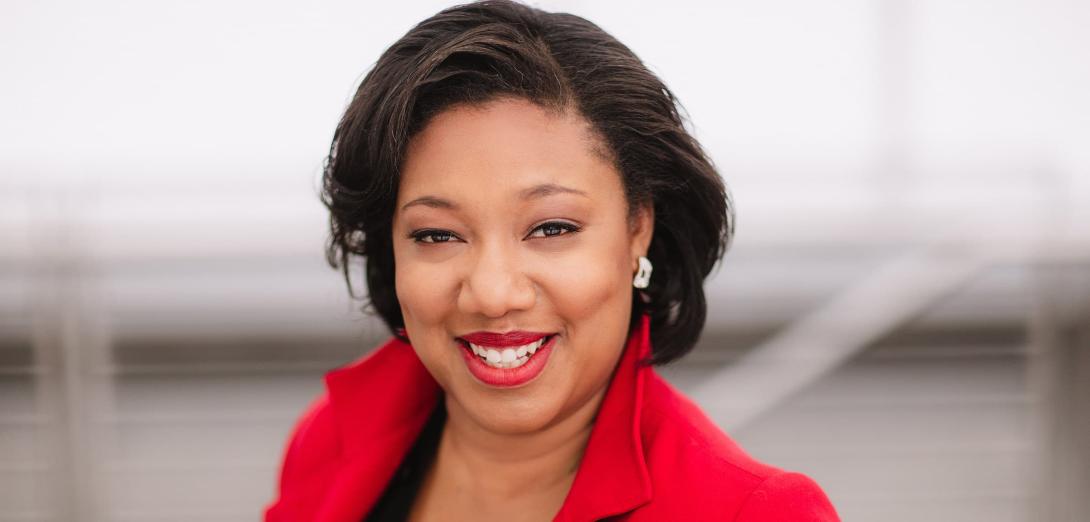The December holiday season is a time of joy and celebration. As teachers, it’s crucial to approach this period with sensitivity and inclusivity, recognizing that students bring a rich tapestry of cultural and religious backgrounds, each with its unique traditions and celebrations. Teachers play a pivotal role in cultivating an environment that respects and embraces this diversity, ensuring that every student feels included, regardless of their personal holiday practices.
Creating a diverse and inclusive learning environment is not a seasonal endeavour; it’s a year-round commitment that lays the foundation for understanding, empathy and respect. Here are some tips for teachers to keep in mind.
Foster a culture of respect
Teach students the importance of respecting each other’s beliefs and traditions. Discuss the value of diversity and inclusion, emphasizing that differences should be celebrated.
Diversify your lessons
Integrate diverse perspectives into your lessons throughout the academic year. Incorporate literature, historical events and cultural studies that represent a wide array of traditions and celebrations. This approach not only broadens students’ understanding but also reinforces the idea that every culture is valued.
Acknowledge and celebrate diversity
Start by acknowledging the diverse backgrounds and traditions present in your classroom all year round. Encourage students to share their cultural practices, traditions and celebrations. Use this as an opportunity to teach students about the rich cultures that exist in their classroom.
Incorporate a variety of traditions
Rather than focusing solely on one set of holiday traditions, incorporate a variety of celebrations from different cultures and religions. Explore the customs associated with a wide variety of festivals celebrated around the world. This approach not only broadens students’ cultural awareness but also demonstrates that no single celebration is more important than another.
Create inclusive decorations and activities
When decorating the classroom, prioritize diverse symbols and imagery to represent a range of traditions, avoiding a focus on one cultural or religious theme.
While the presence of holiday decorations, like a Christmas tree, don’t inherently exclude students, it’s crucial to address the absence of representation for other cultural celebrations. Strive for a genuinely inclusive atmosphere by incorporating diverse holiday traditions.
Representation matters
Equity in holiday celebrations is vital. If effort is invested in decorating for one holiday, extend the same consideration to others throughout the year.
Maintain consistency to avoid prioritizing one over another. Consider creating a “holiday corner” with decorations representing various celebrations.
Inclusive language
Refrain from only using terms that exclusively link celebrations to one cultural or religious context. Employ language that encompasses the diverse festivities observed by students throughout the year. While it’s perfectly fine to wish students a Merry Christmas, broaden your approach by acknowledging and inquiring about other holiday greetings in December and throughout the year. Encourage students to learn varied greetings.
Be sensitive to student differences
Recognize that not all students celebrate holidays, and some may not observe any festivities during December. Create an inclusive atmosphere by acknowledging and respecting these differences. Encourage open communication and let students know that their beliefs, or lack thereof, are valid and respected in the classroom.
Recognize and address holiday challenges
Acknowledge that the holiday season can be challenging for some students. While many look forward to festivities, others may find this time emotionally difficult for various reasons. Be attuned to signs of distress and provide support as needed.
Incorporate discussions about empathy and understanding, reminding students to be mindful of their peers who may be facing challenges during the holidays. Encourage a compassionate classroom community that extends kindness and support.
Encourage empathy
Promote empathy by discussing the various ways people celebrate or choose not to celebrate during the holiday season. Foster an environment where students can ask questions, share their experiences and learn from one another.
Year-round commitment
While the December holiday season may highlight the importance of fostering diversity and inclusion, these principles should be incorporated into the classroom culture throughout the entire year. Integrate diverse perspectives into the curriculum, celebrate various cultural events and consistently reinforce the value of inclusivity.
Creating a diverse and inclusive classroom during the holiday season involves actively acknowledging, respecting and celebrating the varied traditions and beliefs of students. By fostering a year-round environment that values diversity, educators contribute to a culture of understanding, acceptance and empathy extending beyond the holidays.
This holistic perspective makes inclusivity a core educational value,
Transcending cultural boundaries and fostering unity among students.

Special to the ATA News
A former member of the ATA’s Diversity, Equity and Human Rights Committee, Youssra Badr currently serves on the Teacher Education and Certification Committee.


